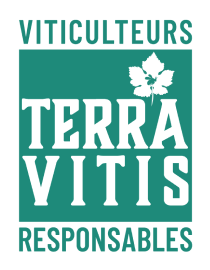A vineyard tended like a garden.
The ambition for quality demands a long-term vision, and it all starts in the vineyard.
Naturally, this is where the Castel family chose to begin, by placing the cultivation of living soil at the heart of their concerns.
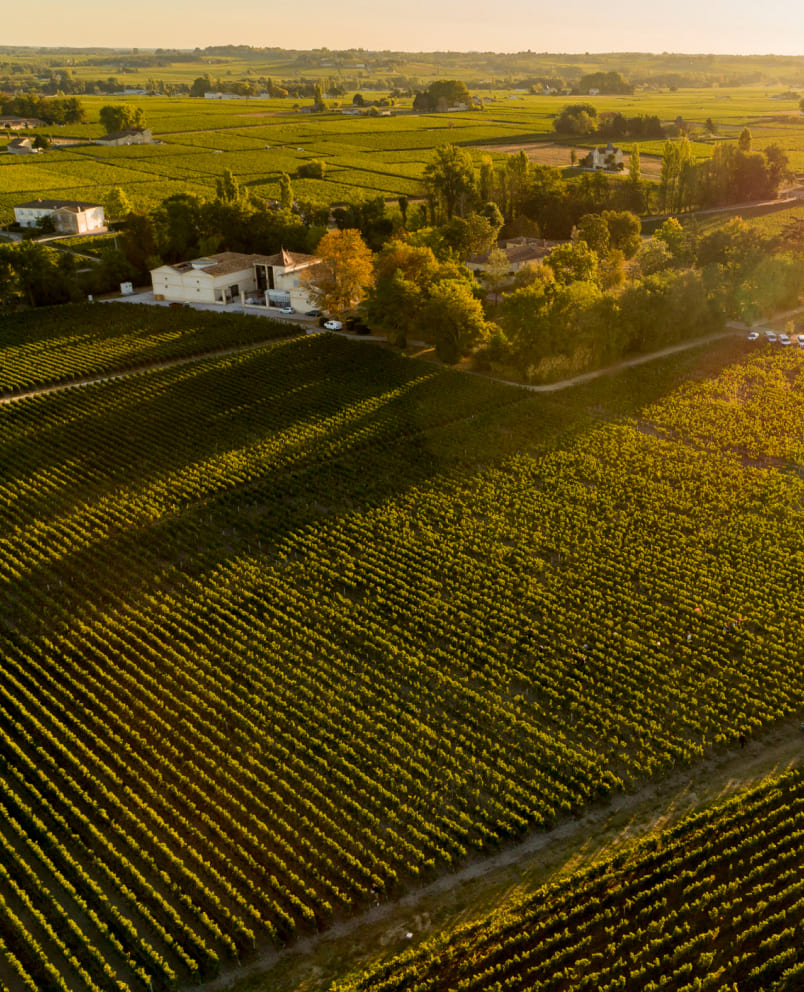

Agro-ecology and sustainable farming practices are at the core of Château Montlabert's priorities.
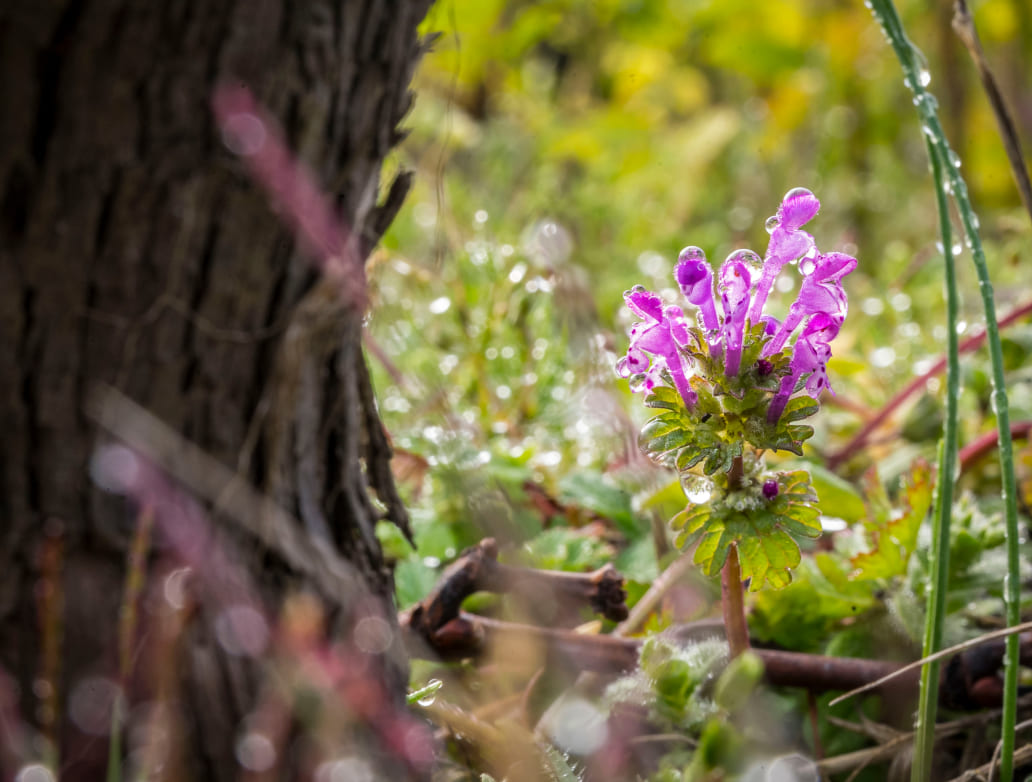
The agro-ecological approach is part of a desire to protect the land, the vines, and the people, by ensuring reasoned yields and optimal grape quality.
The cultivation of living soil involves maintaining and promoting the soil's microbial life through environmentally friendly agricultural practices. This approach aims to create a healthy and balanced ecosystem by encouraging the vitality of macrofauna and microfauna, as well as the valuable mycorrhizal networks that are crucial for the vines.
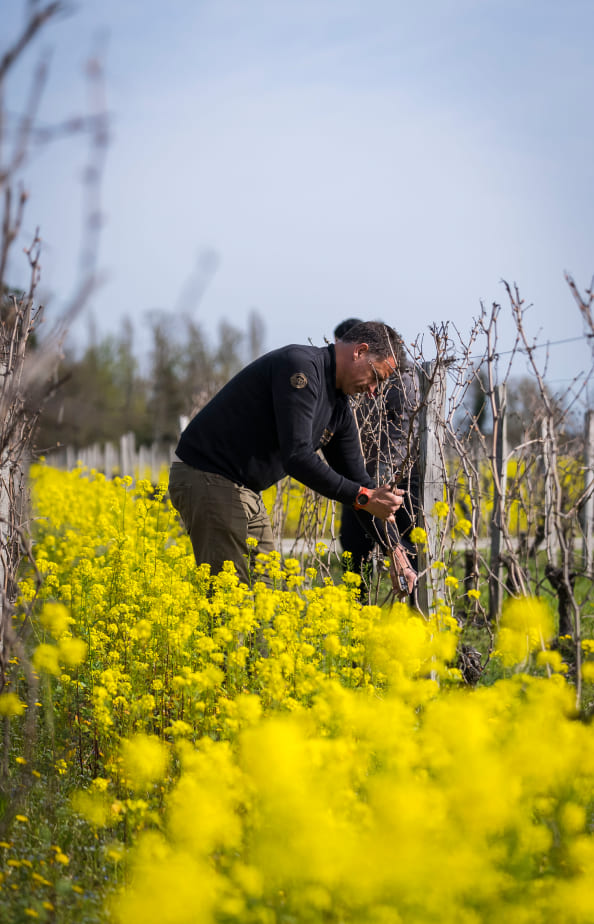
Carefully selected cover crops (such as barley, fava beans, marigold, mustard, etc.) are chosen to address the specific challenges of each vineyard parcel, thanks to years of research and development conducted under the technical guidance of the Castel family properties.
These cover crops enable nitrogen fixation in the soil through the bacteria present in their roots, reduce the need for tractor passages, decompact the soil with their deep roots, compete with weeds, and provide organic matter that stimulates soil microorganisms.
Château Montlabert is a member of the environmental certification "Terra Vitis," which guarantees sustainable and environmentally friendly viticultural practices.
Respect for nature and the pursuit of excellence are reflected in every bottle of wine produced by Château Montlabert.
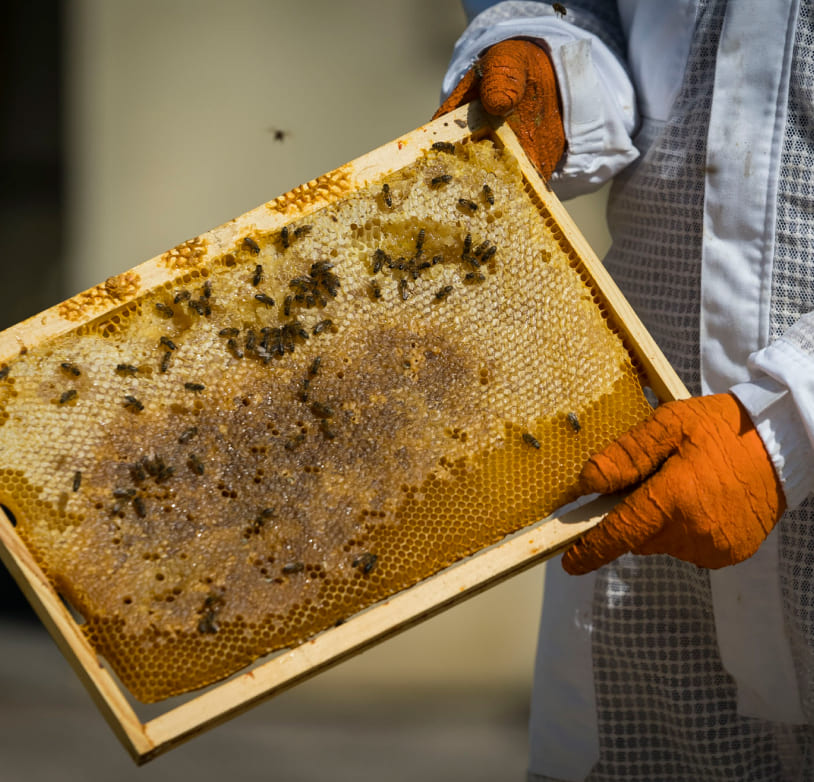
The symbiosis between the terroir of Saint-Emilion and the expertise of a Grand Cru Classé.
Château Montlabert possesses a total of 21 hectares spread across two distinct terroirs located a few kilometers apart in Saint-Emilion. The terroir of Château Montlabert, a Grand Cru Classé, comprises nineteen plots covering 12.5 hectares around the château, with 9 of them exclusively dedicated to crafting the grand vin.

Like its prestigious neighbors, Cheval-Blanc and Figeac, Montlabert has a highly qualitative terroir, composed of predominantly sandy soils and subsoils with layers of blue clays where the vine's complex and deep root system develops.

The clay-rich veins play a valuable role as a water regulator, especially during years of severe drought. The average age of the vines, around thirty years old, promotes a balance between yield and quality.
La Croix de Montlabert, the estate's second wine, is produced from a plot acquired in 2017, covering eight hectares in the Saint Christophe des Bardes commune. This terroir boasts a structure of clay-limestone soils and subsoils particularly favorable for expressing the characteristics of Cabernet Franc.

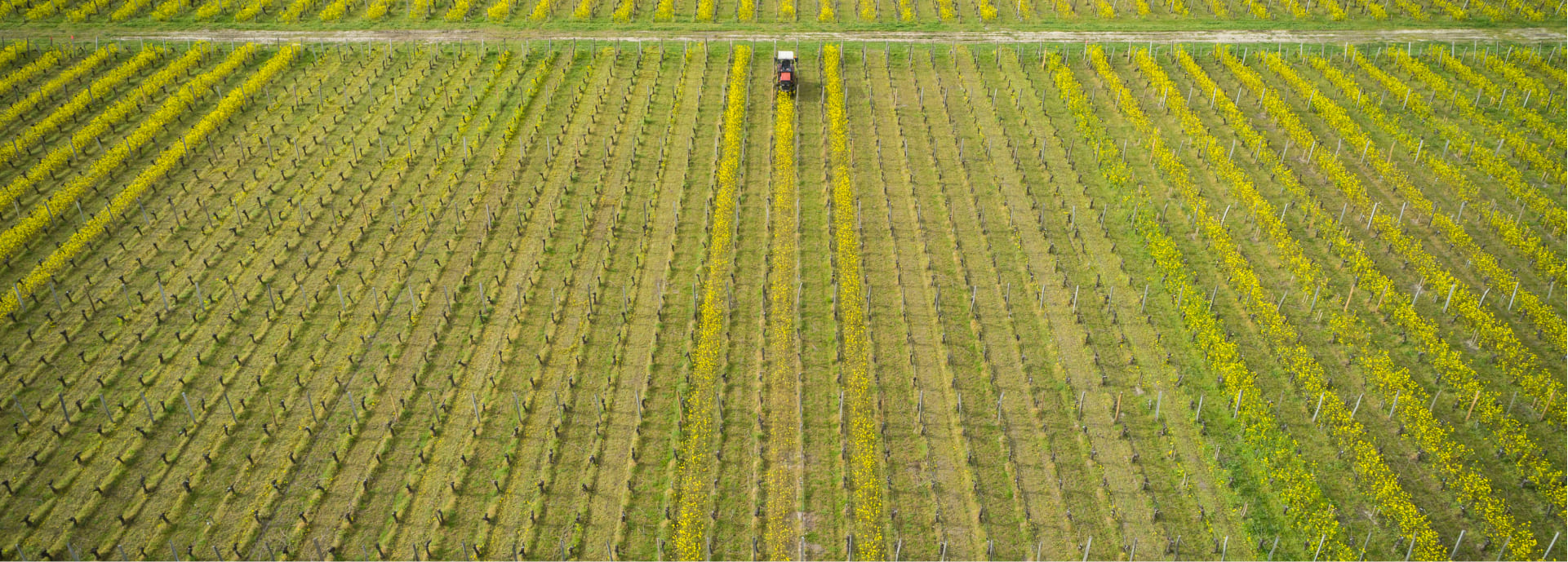
Parcel work is a delicate art that recognizes the uniqueness of each vine. Every plot, every vine possesses its essence, distinct personality, and unique melody.
At Château Montlabert, each parcel is meticulously monitored and tended to according to its specificities, to achieve optimal ripeness and perfect grape quality.
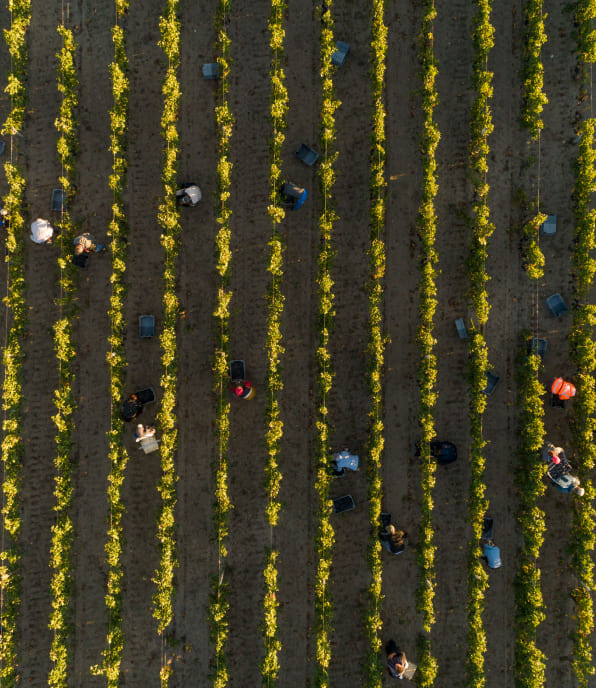
From pruning to harvest, the vines are not all identical, and it is essential to consider these differences to cultivate each plot with precision and care. The quality of the soils, sun exposure, slope, and wind vary from one parcel to another.
This meticulous work requires great expertise and unique know-how; it is one of the key elements behind the exceptional quality of the Grands Crus Classés of Saint-Emilion.
To achieve this level of intimate understanding of the terroir, the continuity of teams is a major asset. Ludovic Hérault, the estate manager since 2009, has been working closely with the technical management of the Castel family properties. Since the acquisition of Château Montlabert in 2008, he has successfully developed a deep knowledge of the specificities of each plot, thereby enabling precise and tailored management of every vineyard.
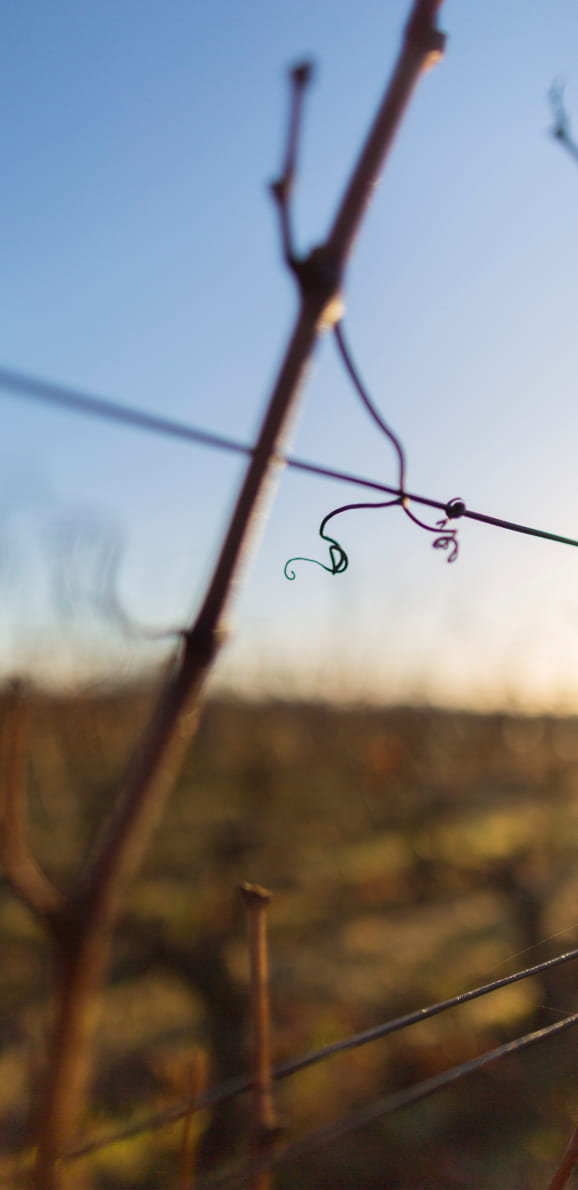
Let yourself be carried away along our avenue lined with green oaks, which winds through the vineyards to our elegant 18th-century Chartreuse.
Your visit will continue to the barrel cellar and the vat room, where you will uncover the secrets of crafting our Grand Cru Classé of Saint-Emilion.

